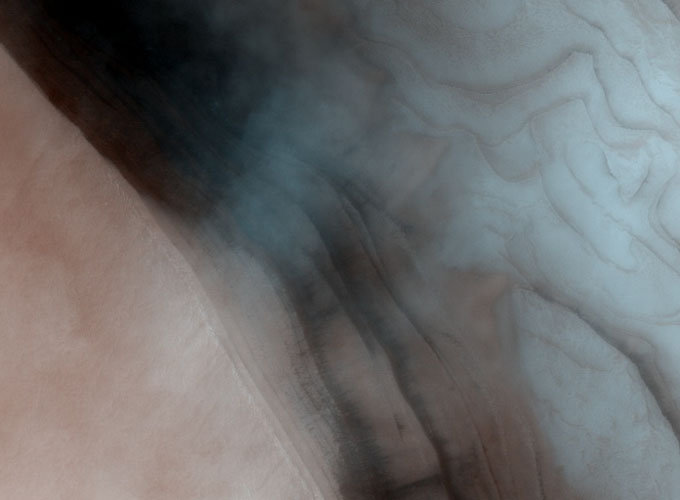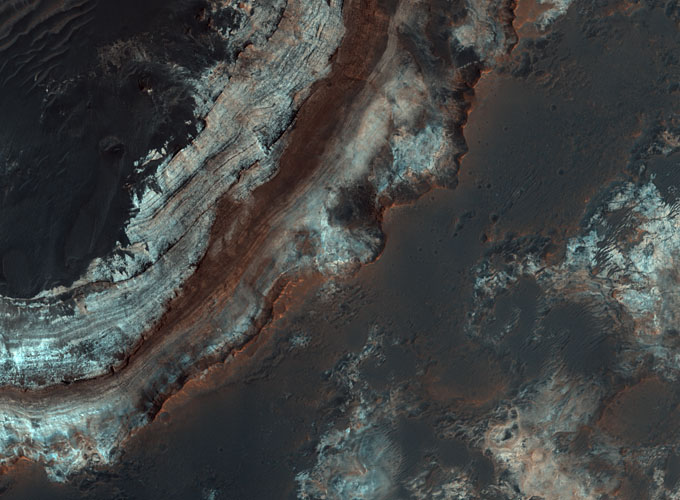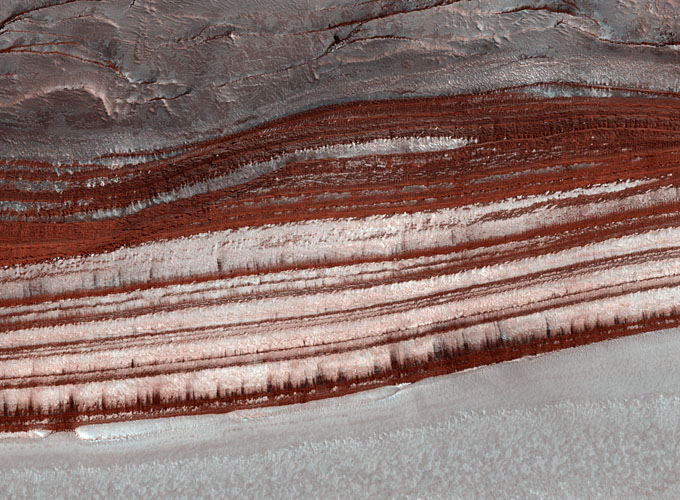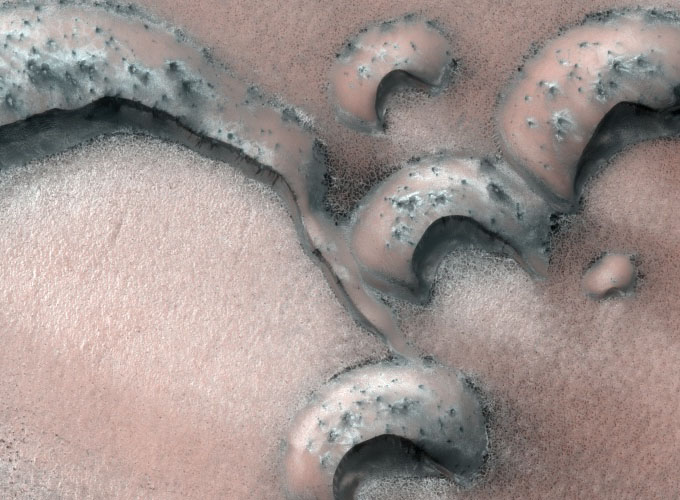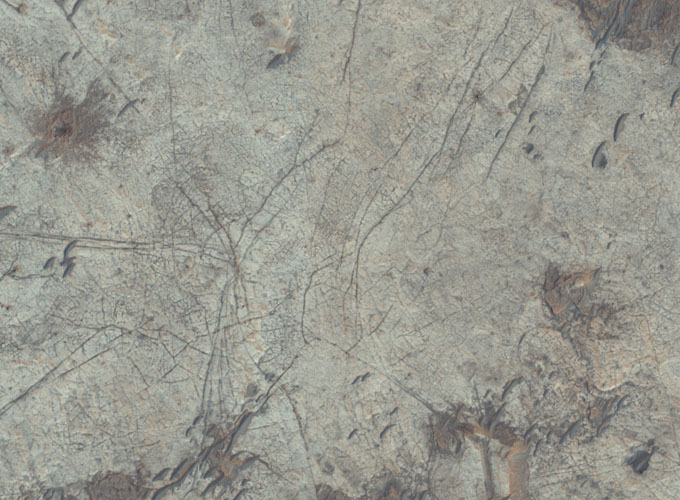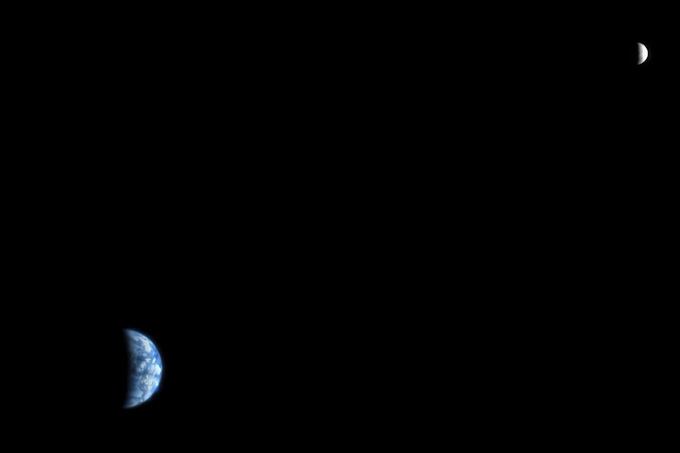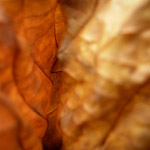13 June 2008 | Lost in space
Nothing like looking at highly-detailed images of another planet to make me feel infinitesimally tiny…but in a very good way.
The web site for the High Resolution Imaging Science Experiment (HiRISE) on the Mars Reconnaissance Orbiter currently has 6,137 high-resolution images of the Martian surface available for exploration. According to the Planetary Data System (did you know we had one of those?), HiRISE has released over 26 terabytes of data. The images below are from some of the observations taking place between 20 March and 24 April 2008.
To say that this is a small sampling is an understatement of planetary proportions. These snippets are from the June release of images and I only have looked at the first twenty-three of fifty pages.
Below, they were looking for “change due to mass wasting on scarps of different slopes”. I didn’t know what a scarp was before today, even though I have seen them (here on Earth).
Did you know that a barchan was a crescent-shaped dune? One of the things I love about the HiRISE pages is that many have very detailed descriptions. Click though on the image below for more information on the barchan and, I am guessing, its smaller relatives, the barchanoids.
Update/correction: Turns out that a barchnoid is not the smaller relative of a barchan, but rather is a transitional form between barchans and dunes…the nuances that come from specializations. “The transition is much more gradual…from barchans to barchanoids, to barchanoids with increasing slipface lengths, to dunes with barchanoid characteristics like crescentic slipfaces and tails, to dunes with irregular slipfaces, to more or less two-dimensional dunes.” [Source] Also, there is an article (PDF) on the geology of sand dunes by John Mangimeli that has some nice illustrations.
Each of the images above is linked directly to its HiRISE page where you can find specific information about the observation and download various versions of the data. I gravitate to the RGB color, non-mapped versions, as shown here.
[Update (26 May 2012): I did not mention in the original post that the images you can download are ridiculously-high resolution and extraordinarily-detailed. I’m just sayin’.]
As a technical note, many of the images are stored in the JPEG2000 format and are very high resolution. During my time lost in the Library of Congress earlier in the week, I came across LizardTech’s ExpressView browser plug-in/viewing application. It handles both MrSID and JPEG2000 files. The plug-in and application come in the same download (as least for Mac OS X). [Update (26 May 2012): LizardTech no longer supports Mac OS X.]
For a final bit of perspective, an observation from 3 October 2007:
That’s our home and our moon seen from the orbit of another planet.
Enjoy.
— Ken
Source for all images: NASA/JPL/University of Arizona HiRISE
Collated under brain kibble |
permanent link

